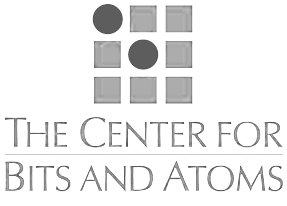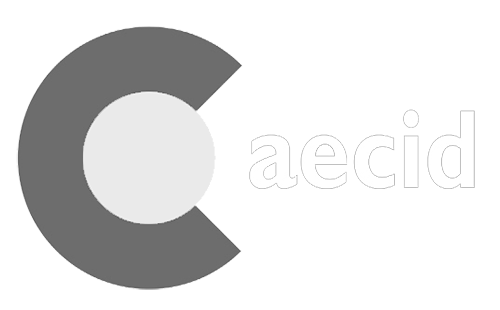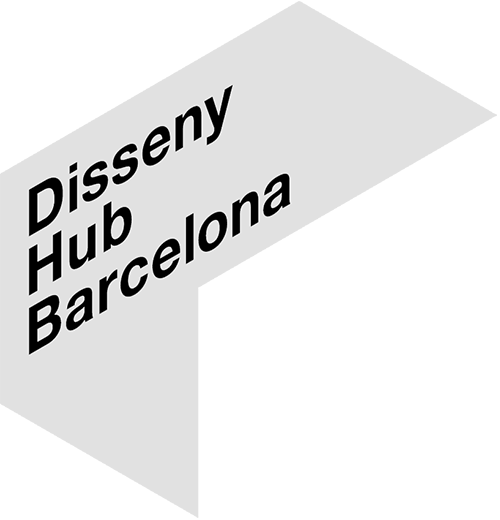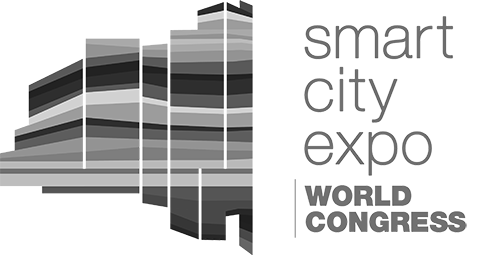Fab Academy for dummies? Fear not, the force is with you
by Niko Posted on November 29, 2017

Anyone who has done the Fab Academy will agree the course which famously promises to teach How to Make (Almost) Anything is not for the faint minded. That said, one does not need to be an engineer, architect or have a PHD in astro physics to make the most of this fabulous 5 month-journey. Sometimes all that is required is the willingness to learn and the freedom to play.
In fact, I would argue, some of the most interesting projects come from students who come with a totally non-technical background and skill-set. Unlike the electronic whizz kids and algorithm boffins, they often have the uncanny ability to approach digital design and fabrication in a whole new light. Why not How, they ask, Make (almost) Anything? It is often the artists, the poets, the musicians - yes those with the “fluffy skills” - who question the very relationship we forge with technology; and come up with projects that go beyond the purely utilitarian, seeking a new aesthetics, interactions and values.
It is often the artists, the poets, the musicians who question the very relationship we forge with technology
For example, artists like Olafur Eliasson have contributed significantly to the Fab Academy program, sharing how they use digital fabrication in creative new ways and sharing insights and challenges that go beyond the technical. Neil Gershenfeld recognises that there is an artificial distinction between the arts and the sciences, just as there is between computation and science. And often those with more artistic approaches have something that those with niche technical specialisations lack or have forgotten. That is an openness to play, explore, and make stuff for the sake of discovery. At times this means pursuing aesthetic as well as social objectives and sometimes allowing the outcome to present itself as a surprise rather than a foretold conclusion.
I won’t lie to you. Having a basic grasp of 3D design, electronics, or programming will give you a significant advantage in this multidisciplinary rollercoaster of a course. I did the Fab Academy in 2017 and prior to starting if someone had asked me what was digital fabrication I would have given one of those looks:

None of the skills covered in the Fab Academy are beyond the reach of anyone with a bit of time and dedication to learn.
We live in a time of unprecedented diffusion of knowledge and learning resources thanks to the World Wide Web. Educational and Open Source projects such as Arduino and RasberryPi, make it relatively easy to get a beginners grasp of electronics and programming. Instructables, YouTube, FreeCodeCamp, EdX, and numerous other online resources are available to get a beginners grasp of numerous crafts, technologies and skills. Fab Labs and Maker Spaces all over the world are making the tools of digital fabrication available to the public, so you don’t need a moustache and a hardhat to learn how to use a CNC machine or a laser cutter. The rest is experience, practice and, as I mentioned before, an unquenchable thirst to learn.
What is more, the Fab Academy is designed to be customised to the objectives, skills and background of each individual student. Not everyone is expected to invent the Star Trek replicator (though if you did Neil would most certainly sing your praises for ever after) or innovate some ground-braking, disruptive, market-shaking new technology to change the world and make a million bucks. To graduate, you do have to demonstrate applied knowledge in all of the technologies and methods covered in the course. This involves documenting your experiments and learning process, which I would argue is one of the most important parts of the course. Here documenting failure is as (or more!) rewarding in the long term than documenting a fault-less process. If you can demonstrate not only what happened when you used machine x or method y, but understand where you went wrong and how you could improve in future. This is true learning.
Even Luke Skywalker was once layman with no Jedi skills, but he had the force, and so do you.
For over 10 years now Fab Academy has been offering students from all over the world a new way to approach knowledge and technological tools. This is not just about a nice diploma for the CV, or learning how to weild cool new tools. Fab Academy is about a whole new approach to learning, one that involves learning by doing, collaborating, and sharing.
Any maker, builder, creator, artist worth his/her salt will admit that the learning journey never really ends. For many Fab Academy is just the first step into a universe with unlimited potential. Every journey must begin with a single step. Remember even Luke Skywalker was once layman with no Jedi skills, but he had the force, and so do you.






